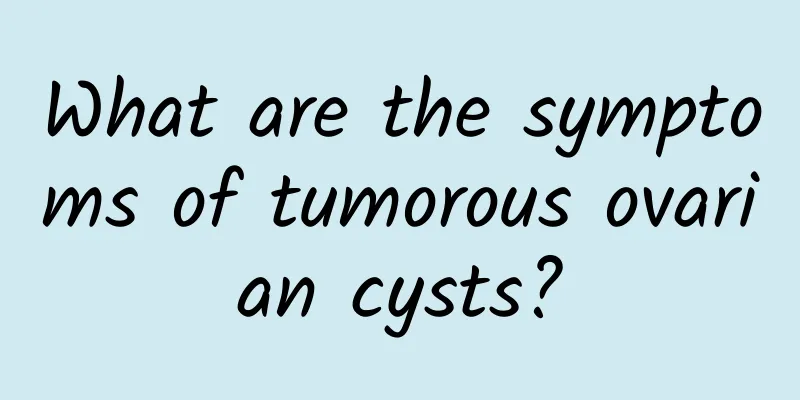What are uterine fibroids?

|
Uterine fibroids are the most common benign tumors in the female reproductive organs and one of the most common tumors in the human body. They are mainly formed by the proliferation of uterine smooth muscle cells, with a small amount of fibrous connective tissue as a supporting tissue. Since uterine fibroids are mainly formed by the proliferation of uterine smooth muscle cells, they are called uterine leiomyoma, or uterine fibroids for short. The cause of uterine fibroids is not yet fully understood, but it may be related to genetics, hormone levels, environmental factors, lifestyle and other factors. According to the different growth sites, uterine fibroids can be divided into uterine body fibroids and cervical fibroids, and according to the relationship between the fibroids and the uterine wall, they can be divided into subserosal fibroids, intramural fibroids and submucosal fibroids. Fibroids in different parts can cause different compression symptoms. For example, uterine body fibroids can compress the bladder and cause frequent urination and urgency, and cervical fibroids can compress the rectum and cause constipation. The symptoms of uterine fibroids vary from individual to individual, but common symptoms include menstrual changes, abdominal masses, compression symptoms, etc. Some patients may have no obvious symptoms and are only found during physical examinations. The methods for treating uterine fibroids include observation, drug therapy and surgical treatment. The specific methods should be considered comprehensively based on the patient's age, symptoms, fertility requirements and the size, location, number and other factors of the fibroids. The cause of uterine fibroids is not yet fully understood, but it may be related to genetics, hormone levels, environmental factors, lifestyle and other factors. According to the different growth sites, uterine fibroids can be divided into uterine body fibroids and cervical fibroids, and according to the relationship between the fibroids and the uterine wall, they can be divided into subserosal fibroids, intramural fibroids and submucosal fibroids. Fibroids in different parts can cause different compression symptoms. For example, uterine body fibroids can compress the bladder and cause frequent urination and urgency, and cervical fibroids can compress the rectum and cause constipation. The symptoms of uterine fibroids vary from individual to individual, but common symptoms include menstrual changes, abdominal masses, compression symptoms, etc. Some patients may have no obvious symptoms and are only found during physical examinations. The methods for treating uterine fibroids include observation, drug therapy and surgical treatment. The specific methods should be considered comprehensively based on the patient's age, symptoms, fertility requirements and the size, location, number and other factors of the fibroids. Uterine fibroids are the most common benign tumors in the female reproductive organs. Understanding their symptoms and treatment methods will help improve awareness of the disease and prevent it. If you have any concerns or experience related symptoms, you should seek medical attention for examination and treatment in a timely manner. |
<<: What are the serious symptoms of adenomyosis?
>>: The consequences of improper treatment of pelvic inflammatory disease
Recommend
Postpartum adhesions at the internal cervical os
Postpartum adhesions at the internal cervical os ...
Introduction to the causes of adnexitis that everyone needs to understand
In real life, many female friends suffer from adn...
Why is leucorrhea abnormal? There are many reasons
Normal leucorrhea is also a standard of women'...
What treatment is needed for lupus erythematosus
In recent years, lupus erythematosus has become o...
What is the main cause of pelvic inflammatory disease?
Pelvic inflammatory disease is a common disease i...
To lose weight, adopt a low-carb diet and eat less starch? Nutritionists teach you 4 tips on eating the right starch to lose weight
People who want to lose weight often try a "...
Can Bazhen granules be taken during menstruation?
Bazhen Granules can be taken during menstruation....
Can Bartholinitis become malignant?
When the Bartholin's glands are in acute infl...
Riding traces! Cycling can burn 1.5 cups of bubble tea calories
A cup of bubble milk tea has 410 calories. The Ta...
What are the main causes of cervical hypertrophy?
There are two main reasons for cervical hypertrop...
What are the causes of ectopic pregnancy?
What are the causes of ectopic pregnancy? Ectopic...
Walking for one hour a day can reduce the risk of obesity by half
After a busy day at work, your butt is almost roo...
What is metabolic syndrome? If you meet 3 of the 5 indicators, you are diagnosed with metabolic syndrome.
This is actually a situation where you are not si...
What are the consequences of pelvic effusion for women?
Women will face many gynecological problems in th...
What medicine to take to treat polycystic ovary
Polycystic ovaries are a disease that many patien...









